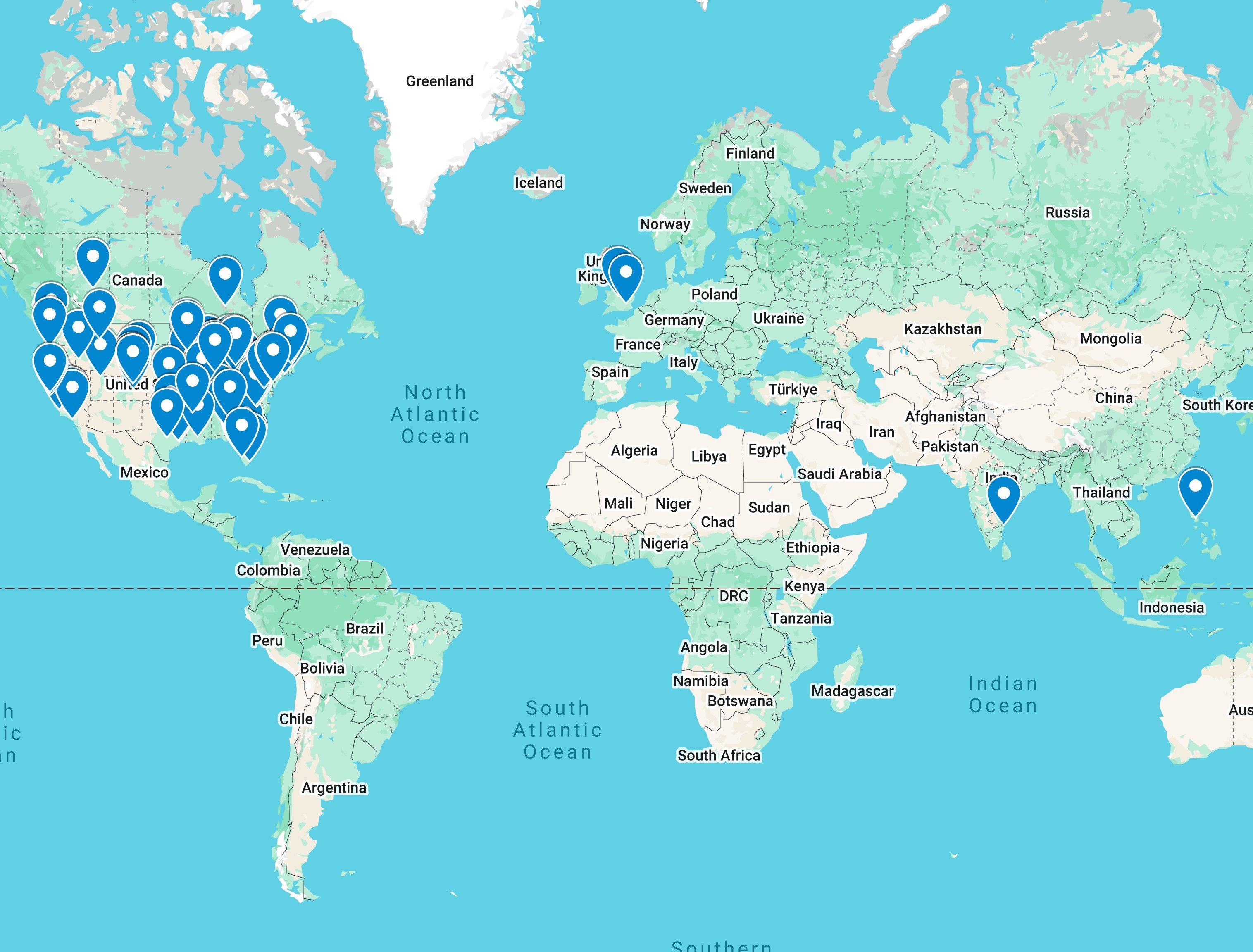SOC 2 Reports – Oklahoma
 Oklahoma business owners need to ensure sensitive data is protected, especially when it comes to personally identifiable information (PII). Ensuring the company has robust internal controls and practices in place to protect against a breach is essential. In fact, many may expect to see a System Organization Control (SOC) Audit report before working with a provider. This examination verifies that the tools, processes, and procedures have been tested and are effective. Some may desire a SOC 1 audit, while others will obtain more value from a SOC 2 examination or SOC 3 audit. Whatever the desired level of assurance, it is important to work with an experienced provider to drive the process.
Oklahoma business owners need to ensure sensitive data is protected, especially when it comes to personally identifiable information (PII). Ensuring the company has robust internal controls and practices in place to protect against a breach is essential. In fact, many may expect to see a System Organization Control (SOC) Audit report before working with a provider. This examination verifies that the tools, processes, and procedures have been tested and are effective. Some may desire a SOC 1 audit, while others will obtain more value from a SOC 2 examination or SOC 3 audit. Whatever the desired level of assurance, it is important to work with an experienced provider to drive the process.
Oklahoma SOC 2 Audit Experience
Barnes Dennig provides SOC audits to Oklahoma area companies in a variety of industries. Typically, we work with those that use or store sensitive financial information including data centers, loan servicing companies, medical claims processors, and payroll companies. Our diverse range of experience permits us to understand the company more easily, it is risk profile, areas of exposure, and important testing variables. The result is a SOC audit with more value because our seasoned team knows the right questions to ask and the importance of following best practices.


